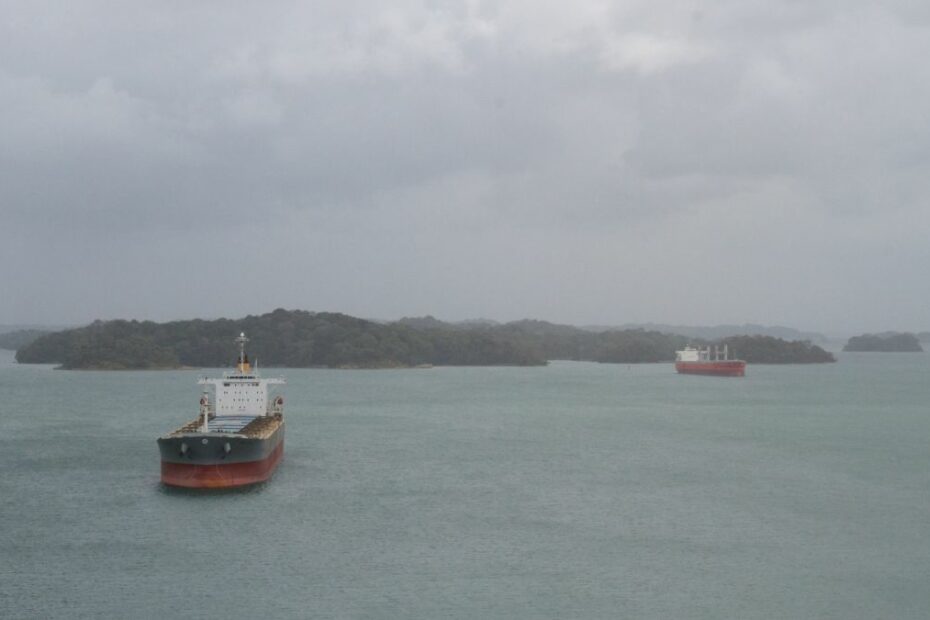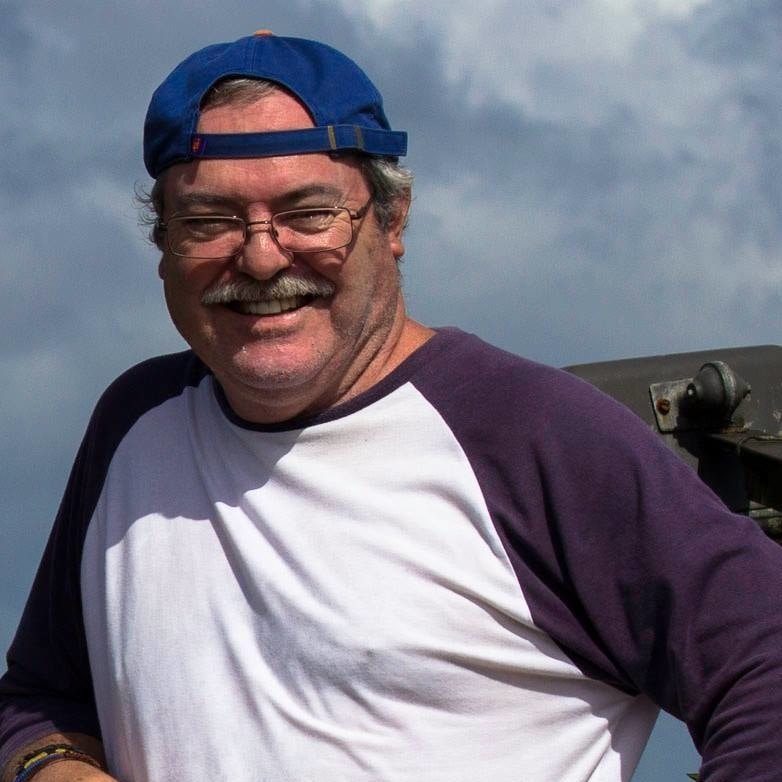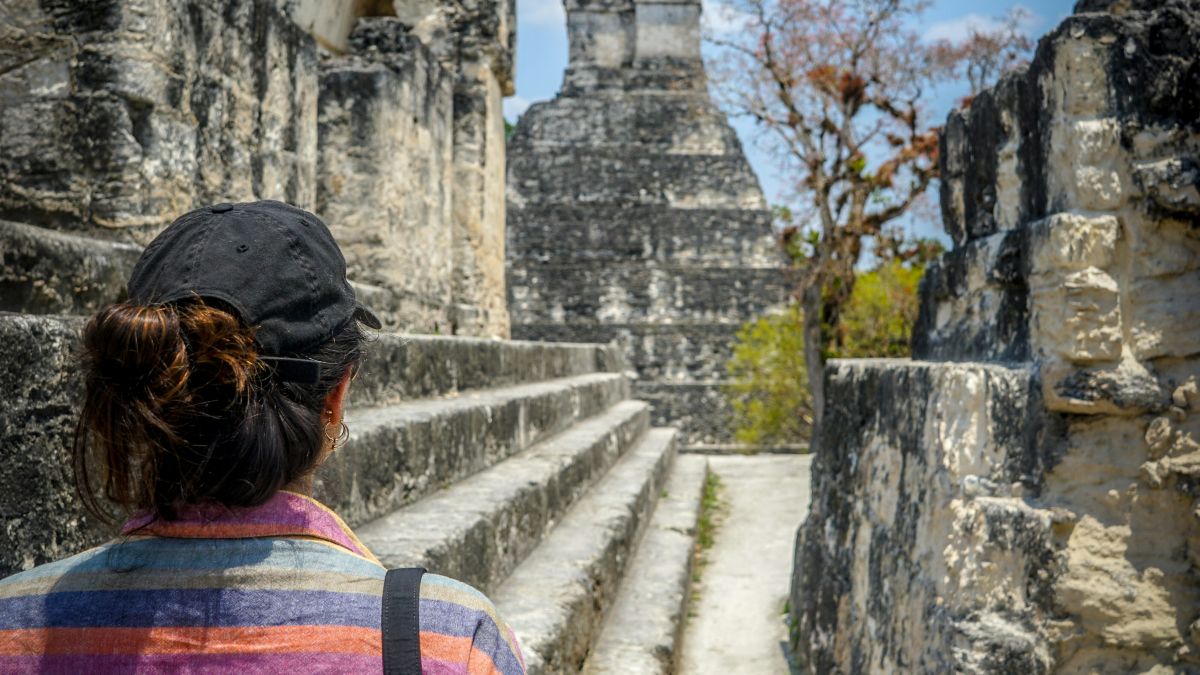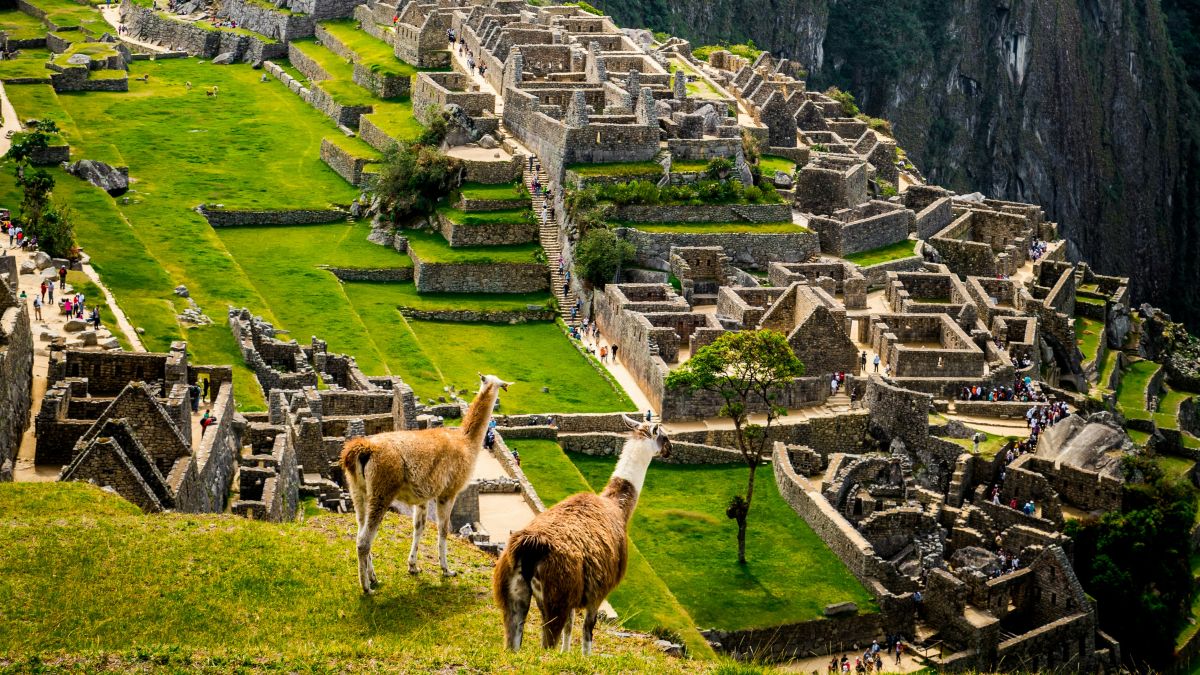David Flynn loves to fish all over Central America. But perhaps his favorite adventure with a rod and a reel came with a Panama Canal fishing trip for rainbow bass. This article contains a link (or links) to Amazon, from which, as an Amazon Associate, this website will earn a small commission if you make any purchases. Some other links are also affiliate links, where we will also make a small commission if you buy anything after clicking, at no extra cost to you.
A quick bite, I jerk back to set the hook, and an immediate fight ensues. It’s an out-of-the-ordinary feeling, like an exotic tropical drug sending electrical impulses up and down my arms, pumping adrenaline through my system.
I’m reeling yet in another beautiful peacock bass into our lancha on Gatun Lake, Panama while watching the world’s commerce chug by on one of the planet’s largest man-made lakes. This is what a Panama Canal fishing trip is all about.
View this post on Instagram
Fishing in out-of-the-way places has always intrigued me.
I’ve hauled plenty of marlin in off the coasts of Mexico and Costa Rica, but I’m no longer a fan of offshore fishing. The long rides to and from the fishing spots bore me. I now look for less obvious and more exotic locales to wet my line.
This is why I love fishing in Central America. What could be better than chasing tarpon in the jungle rivers of Nicaragua, or off the Tortuguero sandbars of Costa Rica? It wast time to check out the Panama Canal, long regarded as a Mecca for freshwater game fishing.
I first traversed the canal as a baby, in the arms of my mother on a tramp steamer from Valparaiso, Chile and navigating up the west coast of South America towards New York. As an adult, I learned about Panama canal fishing when a friend of mine, a guide on Elephant Butte Lake in New Mexico, mentioned fishing there for peacock bass.
“They’re so aggressive you don’t even need to bait the hook,” he said with typical fishing guide optimism.
Peacock bass, a cousin of the guapote found in Costa Rican and Nicaraguan lakes, are not native to Panama. They’re from South America and are a distant relative to largemouth bass, which makes them smart and aggressive. Peacock bass came to Gatun Lake, the enormous man-made lake that keeps the Panama Canal running, in the middle of the twentieth century.
View this post on Instagram
So off I went to spend a few days in Panama City and hit the waters of the Panama Canal.
One thing about Panama City is that you’re close to most everything the country has to offer, including world-class inshore and offshore fishing. I was excited to know I’d be wetting my line about an hour after rolling out of bed in my hotel.
My guide Juan, an avid naturalist, picked me up at my hotel bright and early. We were off to the Gamboa Rainforest Reserve, where our fully stocked craft complete with captain awaited at their marina.
Tackle, live bait, beer, soft drinks, waters, snacks, and a picnic lunch provisioned us for serious business. I had booked a half-day and was eager to get started.
It soon became clear that Panama Canal fishing was more than a mere outing or day trip.
Panama has an unusual geography. Once an appendix of Colombia, its rainforests are unique, populated by animals endemic to South, Central, and North America. From tamarin monkeys, denizens of the Amazon basin, to the scarlet tanagers often found in backyards of Kansas or Illinois.
The lush vegetation and the silky movement of water in and around the islets of Gatun Lake hypnotized me.
I saw myriads of birds, including a magnificent frigate bird sitting on a canal marker – a rare site as these ocean flyers spend weeks or months aloft, seldom landing.
Green clouds of parrots, ospreys seeking prey, caracaras, egrets, herons, hawks, terns, flycatchers, kingfishers were all visible, even to my non-trained birding eye.
Forget the fish – Gatun lake and its islands offered views of wildlife in every direction, which didn’t stop with the birds. Howler monkeys, bats, snakes, lizards, and caymans watched us cast our lines and quaff our ice-cold beers.
What I didn’t expect – and I don’t know why, because it’s an interoceanic canal – was seeing the big ships, some of the largest in the world.
Ships like the Cosco Development, which cruised past us at glacial speed. This ship, according to Atlas Obscura, measures 366 meters (1,200 feet) and can haul up to 13,000 containers. It loomed large as we motored past in our nine-meter lancha. Cruise ships, tankers, yachts, dredgers, and freighters from all over the world passed by us in one direction or another.
Very, very impressive. Mind-blowing, in fact.
And then there was the fishing itself.
Slow going at first, and since I had only booked a half-day trip, I was concerned we wouldn’t get anything worth noting. We snagged a few mojarras, a fish found in most any lake in Central America.
But where were the peacock bass?
We kept moving, our guide Juan suggesting new places for the captain to try. Discussions ensued. Should we try by La Isla del Viejo? Should we fish in shallower water? Deeper water? Should we have lunch? Crack open another beer? All these questions plagued us.
It was approaching 11:00 AM. Since neither guide nor captain seemed concerned, and since they hadn’t begun the usual litany of excuses fishing guides everywhere carry in their back pockets, I wasn’t concerned either.
There was no, “full moon last night, they’re not hungry” or “the tide is going out”, “the tide is coming in”, or “you should have been here yesterday”. I’ve heard them all in my time and was just waiting for them to blame the lack of fishing on force majeure.
Then a flurry of surface activity about twenty meters away caught their attention.
We approached and I froze in apprehension. A lot of yelling at me to start casting ensued. I started casting, missing the first one. I felt it, but I didn’t set the hook. It was very quick.
I tried again. And again.
At last, I got one to the boat, but I hadn’t set the hook well enough and it slashed away. I was getting frustrated and embarrassed because these aren’t big fish, they’re just aggressive fish. My reputation was at stake.
I began to expect the bite, then caught one. A couple of casts later, another. Small, around a pound or two, but enough muscle to bend my 6.5 foot rod from Ugly Stik almost to the gunwale.
I then entered a state of fishing nirvana I never experienced before, as cast after cast resulted in a boated peacock. After some 15 or 16 successive casts resulted with a fish, I stopped counting.
It’s possible I made some 25 casts in a row with a fish on the line. Exhilarating indeed and mission accomplished.
My Panama Canal fishing experience did not stop there, though.
There was still another exclamation point to come.
As I pulled in something like my 30th rainbow bass, a series of small waves in a “V” formation appeared in the water. Small rivulets, coming towards the boat, almost like someone else was reeling in another fish.
I saw the formation stop, close to where I was dragging my peacock to the boat, and then a tremendous splash, an open maw bristling with yellowed teeth, an instantaneous snap… and my fish had gone.
And so was the four-foot cayman that stole it. It happened in less than a second and left me agape.
Panama Canal fishing- you have to be there to believe it.
David Flynn is a cultural photographer from Austin, Texas with degrees in Latin American studies and journalism. His work can be discovered on his Flynn’s Fotos site.




